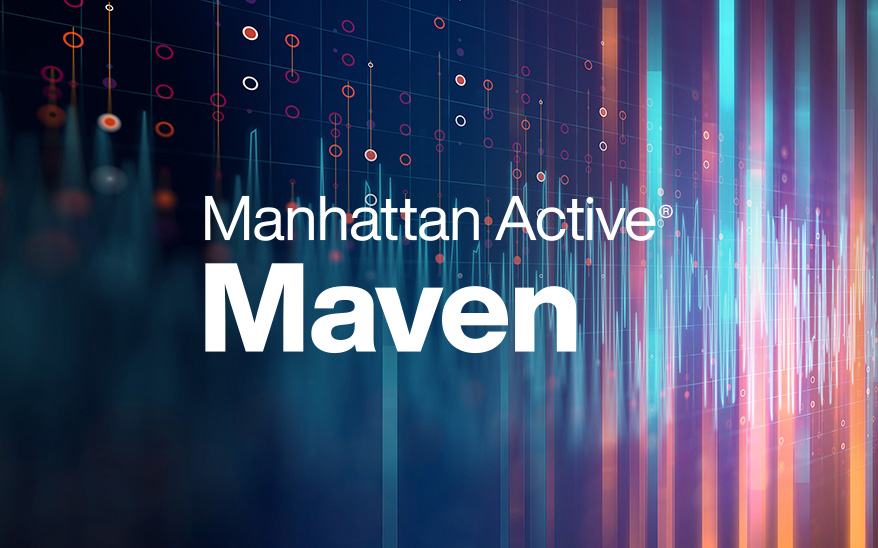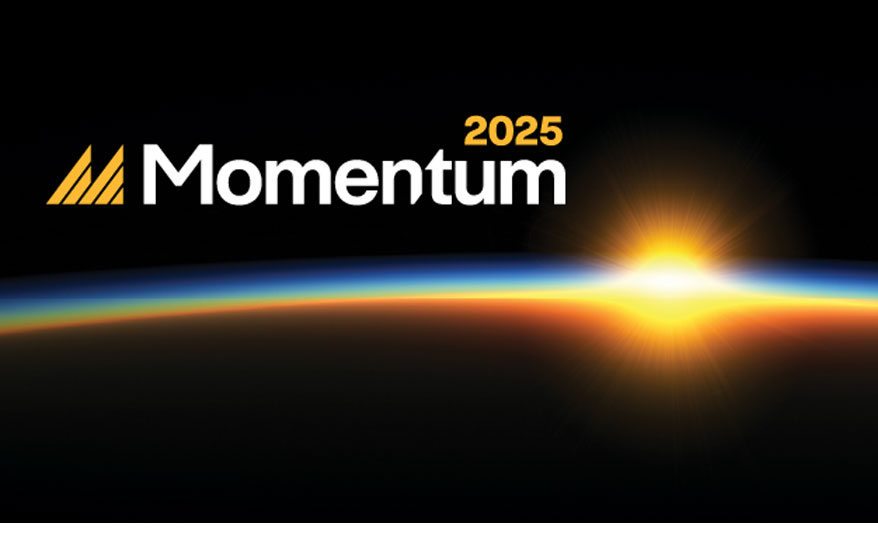The Elegance Of A Cloud-native Supply Chain Unification
- July 14, 2021
- By Adam Kline

In an increasingly digital, globalized world, where real-time data & consumer expectations fuel the need for immediate results, organizations today are faced with an often-confusing myriad of challenges when it comes to meeting brand promises: not least, how to source, purchase, & deploy applications to support critically important supply chain operations.
Around the world, no two organizations are undergoing digital transformation for the exact same reasons; each journey, while similar, will ultimately be unique, making the ability to pivot, innovate & scale in one’s desired direction so important.
Some organizations will be looking to exploit new market opportunities or deliver better experiences, while others may be reacting to the increasing pace of innovation or responding to competitive disruption. Some will likely want to address all of these points & more.
Despite the multiple & varied reasons driving change, all organizations do share areas of commonality; not least, the compelling need to address the accelerating pace of business change, as well as the requirement to be more effective when it comes to delivering new business opportunities.
Most organizations today, however, are still limited in their ability to adapt at pace & deliver agile solutions to evolving challenges. This is primarily due to the state of application portfolios, which are often unnecessarily complicated, outdated, difficult to change & often still aligned to older, now redundant technology strategies.
To deliver on the true value of digital transformation, organizations need applications that can be assembled, reassembled, extended & operated at the pace of business change. They need applications that can work interoperably, seamlessly & provide any member of the team with the full transparency, extensibility & levels of personalization needed to immediately affect change.
Gartner outlines two contrasting (some would argue philosophical) architectural models for supply chain applications: it ultimately comes down to a simple discussion around a ‘loosely coupled portfolio of solutions’ versus ‘seamlessly integrated platforms on a common architecture’ approach.
A legacy portfolio approach is one that offers multiple functional applications that might share some elements such as single sign-on, but which are for the most part still stand-alone applications with their own unique process & data models, not written on a common shared architecture.
An integrated converged approach (commonly built on cloud-native, microservice architected platforms), by contrast is one that has all of its applications built on a shared technical unfractured architecture; from the data & process modeling, right through to the actual user experience itself.
Manhattan Active Warehouse Management along with the most recently launched Manhattan Active Transportation Management solution effectively brings TMS & WMS functionality under the same platform ‘roof’, allowing for a fully transparent view of inbound & outbound goods from the warehouse environment to the front door of the end customer.
This game-changing approach to previously siloed areas of supply chain execution, highlights the elegance of supply chain convergence & underlines the Manhattan commitment to a platform-first approach to supply chain execution.
Gartner's survey of supply chain professionals [1] shows that most organizations are focused on integration across core supply chain processes & the extended value chain -in other words, supply chain convergence.
According to the same survey, analysts Dwight Klappich & Christian Titze suggest that organizations are showing strong signs of wanting to engage with fewer supply chain vendors, thus reducing the complexity & work involved in implementation, integration, support & maintenance; essentially endorsing the modern platform-first vision, elegantly embodied by the Manhattan Active Supply Chain suite of solutions, encompassing WMS, TMS & OMS on the same platform.
As we set our sights on 2022, the convergence of supply chain applications across single platforms is going to become increasingly important for organizations across all verticals.
To deliver on the true promise of digital transformation within the supply chain space, 21st century organizations need to be agile, responsive, scalable & fast. In order to deliver this however, they will also need technology architecture & applications that can be assembled, reassembled & extended to remain competitive.
According to Gartner’s latest assessments, Manhattan Associates “has rewritten its WMS & TMS using a microservices architecture that allows continuous innovation, updates & extensibility in a cloud native environment.” Ultimately, offering the only true, unified supply chain execution offering currently available today.
The fact that we have been recognized as the leader in the WMS space for 13 consecutive Gartner Magic Quadrants, & the first major vendor to rewrite WMS onto a microservices multitenant cloud architecture (fully supporting composability, extensibility & zero upgrades) is affirmation of our commitment to the platform-first approach to supply chain convergence & the concept of the composable enterprise more widely.
While many organizations take leadership for granted, at Manhattan Associates, we see it as a privilege; something that our people & teams earn daily through hard work, innovation & listening to our customers & the industry as a whole.
We don’t just create technology for the sake of it. Instead, we create solutions that solve real world challenges & keep life & commerce moving forward for billions of people, & thousands of organizations around the world, every single day.





